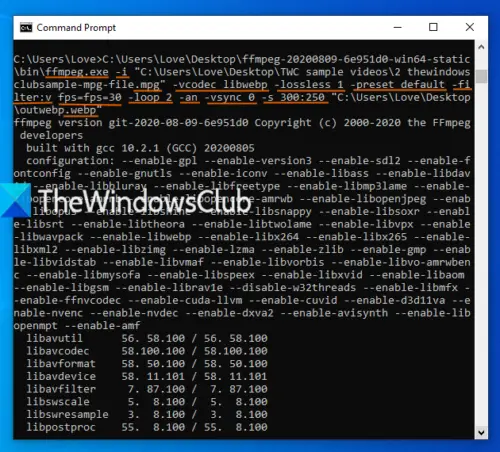

To display the details of a media file, run: $ ffmpeg -i video.mp4 We are now going to see some important and useful FFmpeg commands. The typical syntax of the FFmpeg command is: ffmpeg. If you haven't installed FFmpeg in your Linux system yet, refer the following guide. Joining Or Merging Multiple Audio/Video Parts Into One Split Audio/Video Files Into Multiple Parts Trim A Media File Using Start And Stop Times 3. Converting Video Files To Audio Files.2. Converting Video Files To Different Formats.Optionally you may use -c:a aac -b:a 192k instead of -c:a copy to re-encode audio as AAC, which is more common in the mp4 container. -movflags +faststart Arrange all the mp4 headers and stuff at the beginning of the file so that it can be streamed efficiently.-pix_fmt yuv420p Use yuv pixel format for better compatibility.Since we made the image stream infinite with -loop 1, the audio stream is the shortest. -shortest Finish encoding when the shortest input stream ends.-c:a copy Copy the audio stream without re-encoding it.-vf scale=-1:720 Scale the video image to 720 pixels of height, preserving aspect ration.

Lower values give higher quality and bitrates.

Other options: ultrafast, superfast, veryfast, faster, fast, medium, slow, slower, veryslow.


 0 kommentar(er)
0 kommentar(er)
